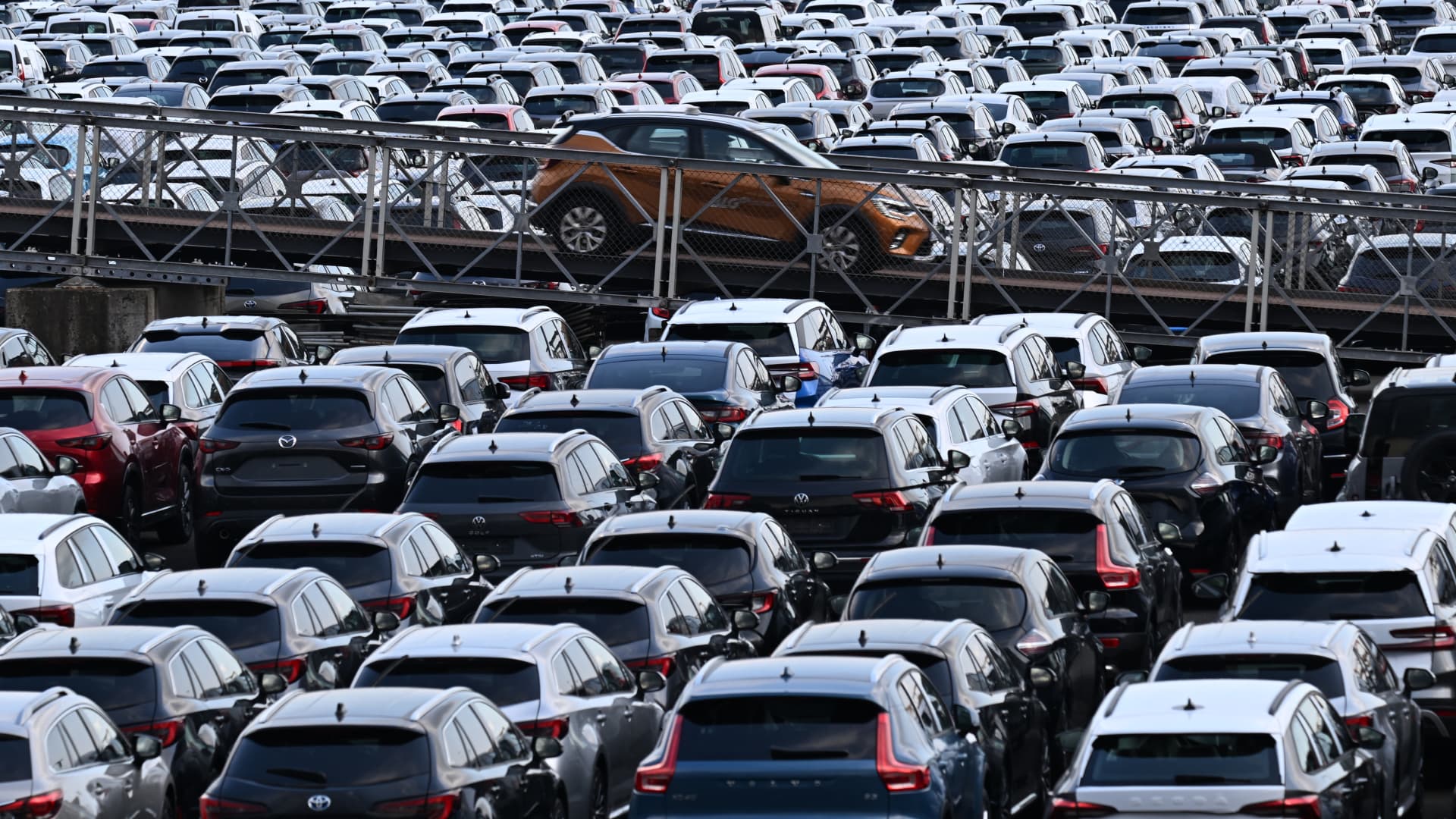- Germany’s car industry was once recognized around the world for its high-quality, innovative internal combustion engine cars. But things have changed since then.
- The industry is facing a range of issues, from regulation to macroeconomics, China and EVs.
- Issues in the automotive sector may also have spill over effects onto the wider German economy, which has been struggling for some time now.



“Good to drive” is a bit of an understatement. German cars have enjoyed car enthusiasts’ favor for decades, despite often mediocre reliability, specifically because they were great to drive. There are multiple dimensions to that, ranging from the safety advantage (and fun) afforded by giving the driver a good feel for what’s going on between the tires and the road surface, to an excellent balance of responsiveness and comfort from well-designed suspension. VW even ran an ad campaign around it: Fahrvergnügen
Japanese and American cars generally could not compete in this area.
However, those same German cars also became famous for developing endless little problems over the course of ownership, from annoying rattles to failing parts that were either expensive to buy or difficult to reach (and therefore expensive to replace).
If there was a time when German cars were known for above average reliability, I think it must have preceded the more recent generations. Maybe back before Japan had started investing in this area?
Sounds about right. Most of the Japanese manufacturers have had to put a higher amount of effort on reliability, in large part due to Toyota’s amazingly strenuous testing of reliability before they even consider dropping a new product on the market. As a bit of a bonus to that, once reliability was upped, making more sporty cars could be achieved because you had the budget to change around the driving dynamics of a car without making it inherently unreliable. The Miata is probably the best example of this, as while each generations drivetrain usually isn’t too special (outside of being high revving), it manages to handle well and be reliable while doing so.